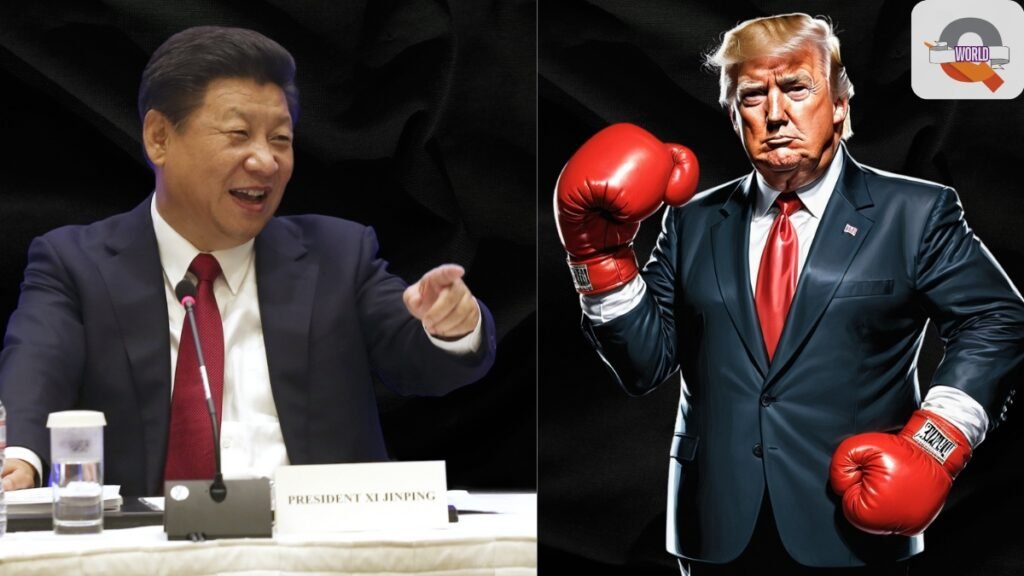
The ongoing tariff war between the United States and China has escalated sharply, with the White House confirming a massive 104% tariff on all Chinese imports. The additional tariff, which began at 12 noon, has been imposed in response to China’s refusal to withdraw its retaliatory measures. The announcement signals a critical turning point in the trade standoff between the world’s two largest economies.
According to the White House press secretary, the decision was made after China failed to roll back its retaliatory 34% tariff on American goods. In a strong response, President Donald Trump warned that if China does not withdraw its imposed tariff, the United States will levy an additional 50% tariff starting April 9. This would be over and above the existing 104% tariff, pushing the total duty to an unprecedented level.
President Trump emphasized the U.S. stance against unfair trade practices and asserted that America will not tolerate economic aggression. “We will impose even tougher tariffs on any country that launches trade attacks against America,” Trump stated. He added that the U.S. has canceled all upcoming meetings with Chinese officials and will instead focus on other nations interested in trade talks.
Experts warn that this aggressive move could have serious consequences not just for China and the United States, but for the entire global economy. With both nations being economic powerhouses, any disruption in trade between them can create ripple effects across global markets, potentially slowing down growth, disrupting supply chains, and inflating prices worldwide.
The decision also reflects a shift in U.S. foreign economic policy, prioritizing aggressive protectionism over diplomacy. As the world watches closely, the outcome of this intensified trade conflict could reshape international trade relations in the years to come.
The global business community is bracing for further developments as the U.S. sets a hardline precedent. Whether China will soften its stance or respond with further retaliation remains to be seen, but one thing is clear—the stakes in this trade war have never been higher.




